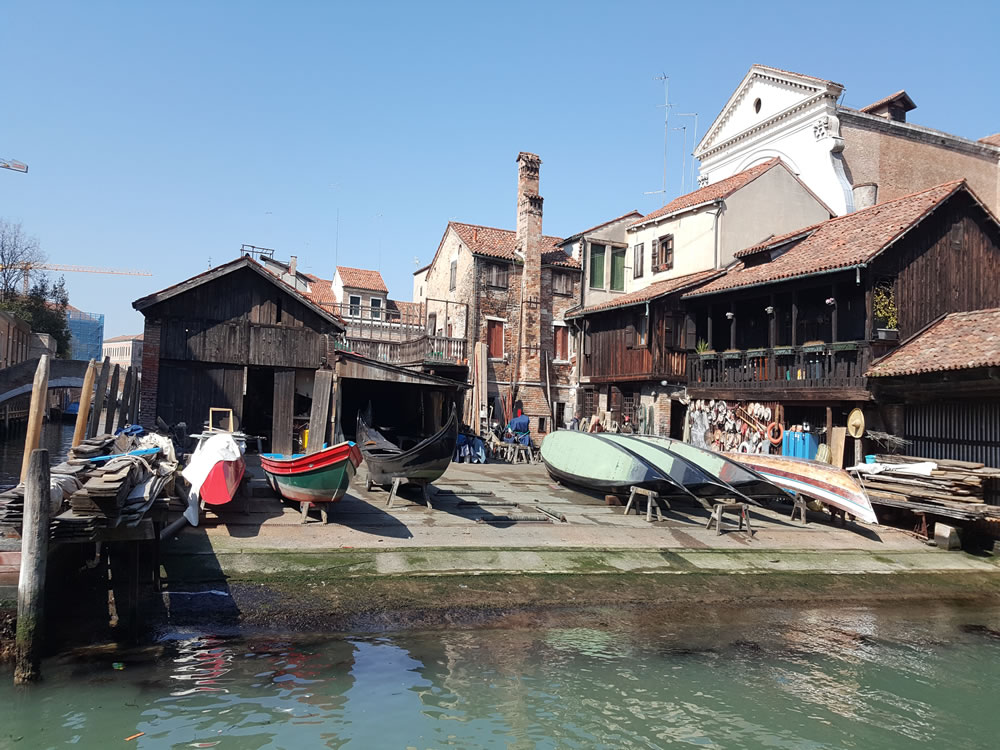Domenico Tramontin: the silent architect behind Venice’s iconic gondola
When we think of Venice, our minds often drift to the slow, graceful glide of gondolas beneath romantic bridges and along narrow canals. But few stop to wonder: who shaped the gondola as we know it today? The answer lies not in grand palaces or famous paintings, but in a quiet workshop where one man’s ingenuity changed Venetian history – Domenico Tramontin.
Born in the 19th century, Tramontin was a master “squero” (boatyard) artisan. In 1884, he founded the Squero Tramontin, a humble workshop tucked away in the Dorsoduro district. At the time, gondolas were still symmetrical, requiring two rowers to steer them. Tramontin saw an opportunity for evolution. His breakthrough? The now-standard asymmetrical hull, which allows a single gondolier to row more efficiently and counterbalance the natural curve of the boat. It was a subtle innovation—but one that transformed the way Venetians navigated their city.
Tramontin’s craftsmanship was deeply rooted in tradition, but he never feared improvement. His workshop quickly gained recognition and became a go-to for official gondolas used by the city’s police, the Carabinieri, and even the Italian royal family. Still today, every gondola in Venice owes something to the balance, elegance, and form perfected by Domenico Tramontin over a century ago.
What makes the Tramontin story even more compelling is its continuity. The workshop remained in family hands for generations, and in recent years, it’s been led by Elena and Elisabetta Tramontin, Domenico’s great-great-granddaughters. As the first women to head the business, they’ve broken traditional barriers in the male-dominated world of boatbuilding—while keeping the soul of the craft alive. Each gondola they help shape is still handmade, using 280 carefully selected pieces of wood and traditional tools passed down through time.
For visitors seeking more than a postcard version of Venice, the Venice Craft Heritage Tour offers a rare opportunity. You’ll explore hidden corners of the city, meet modern artisans carrying centuries of knowledge in their hands, and discover how heritage, sustainability, and creativity intertwine in everyday life here.
Walking through a working squero or meeting descendants of families like the Tramontins is like stepping into a living museum—one not of artifacts, but of people who still craft with purpose. Domenico Tramontin may not appear in the guidebooks, but without him, the gondola would not be what it is today: the soul of Venice, shaped by human hands and centuries of quiet revolution.



